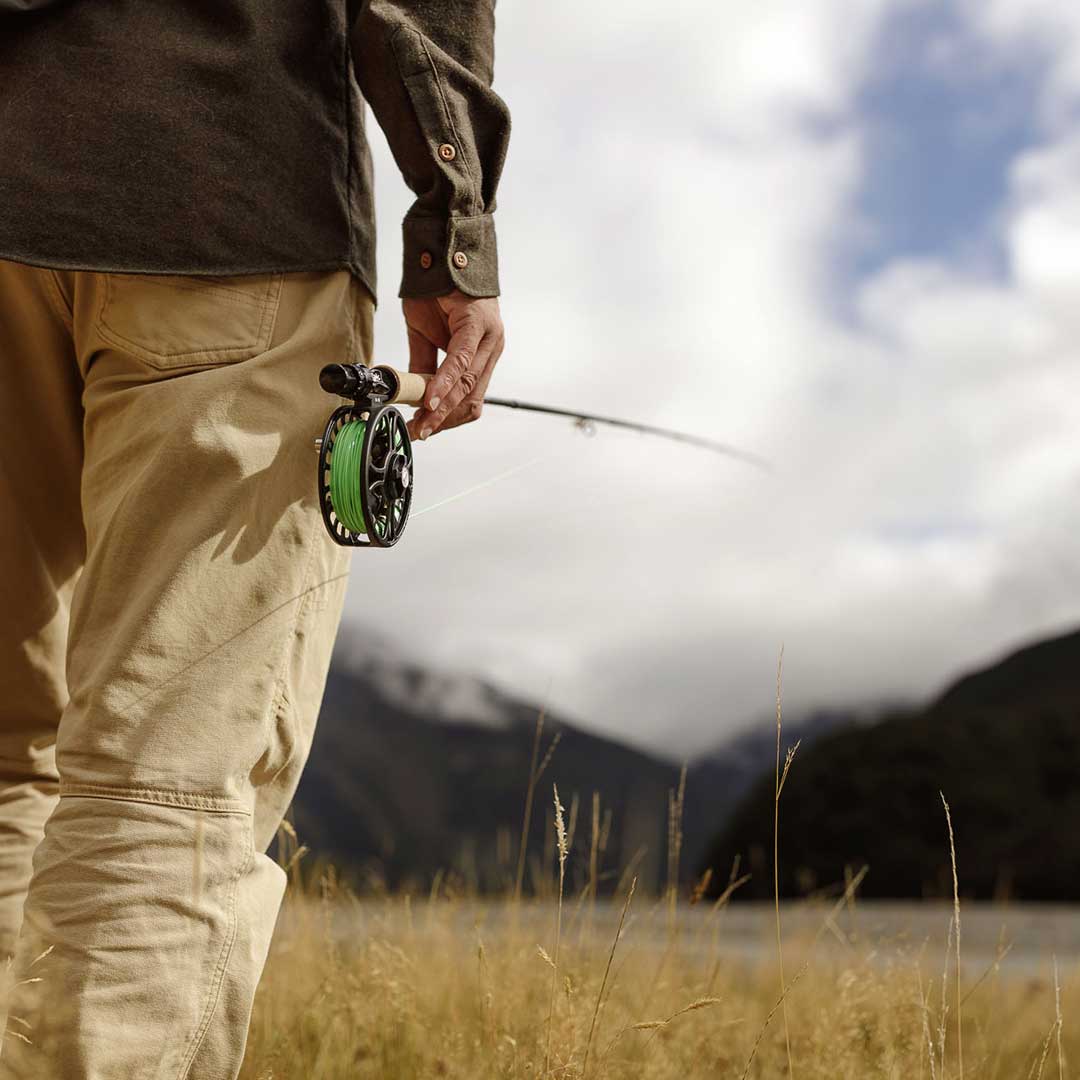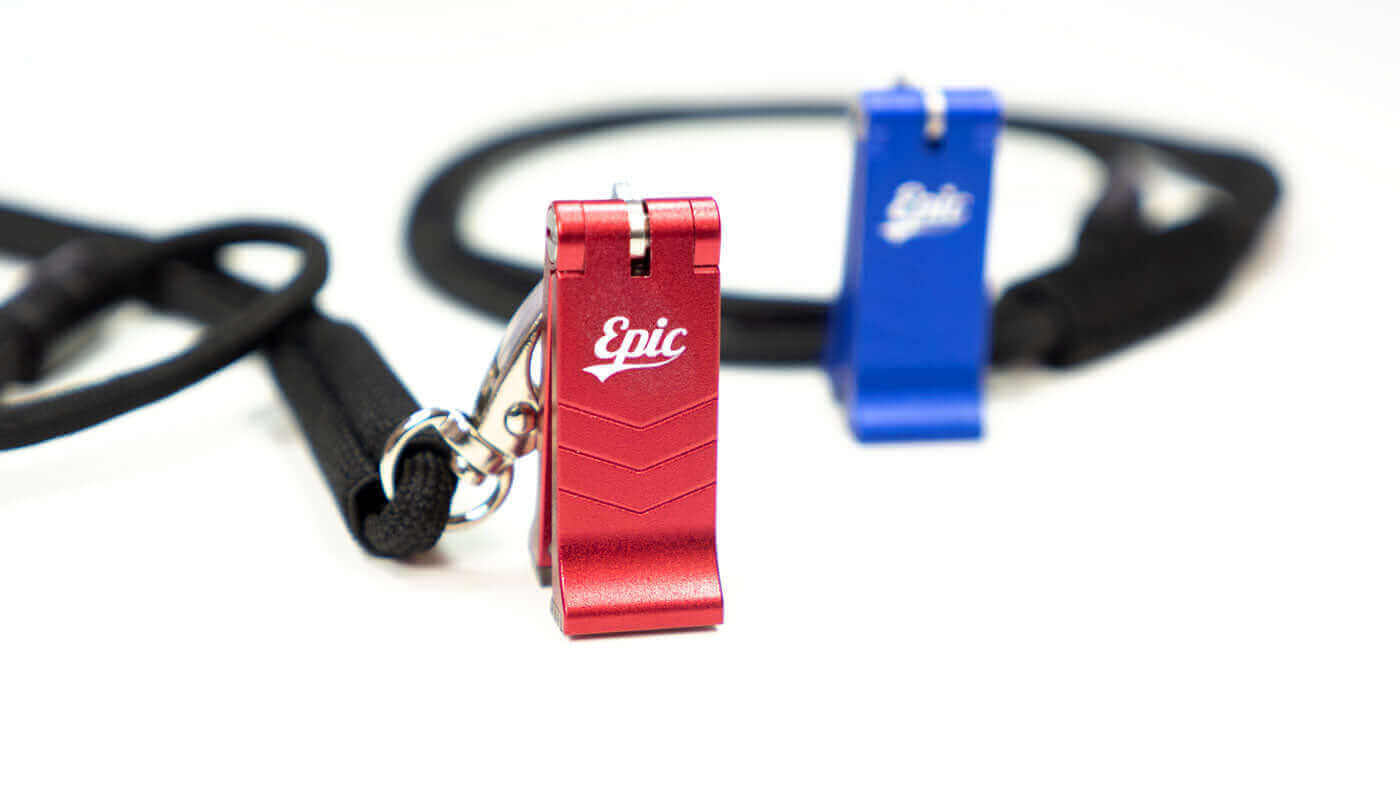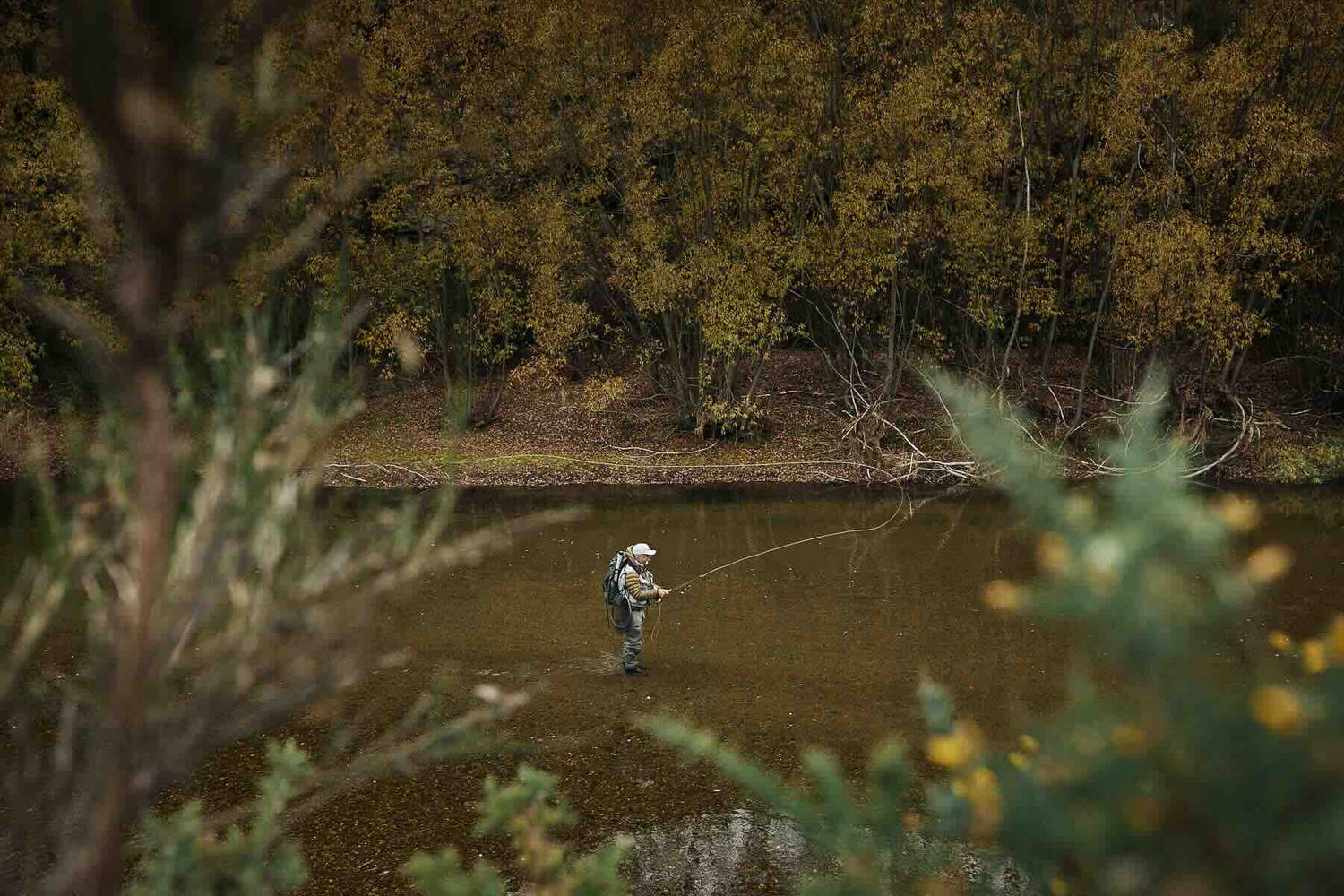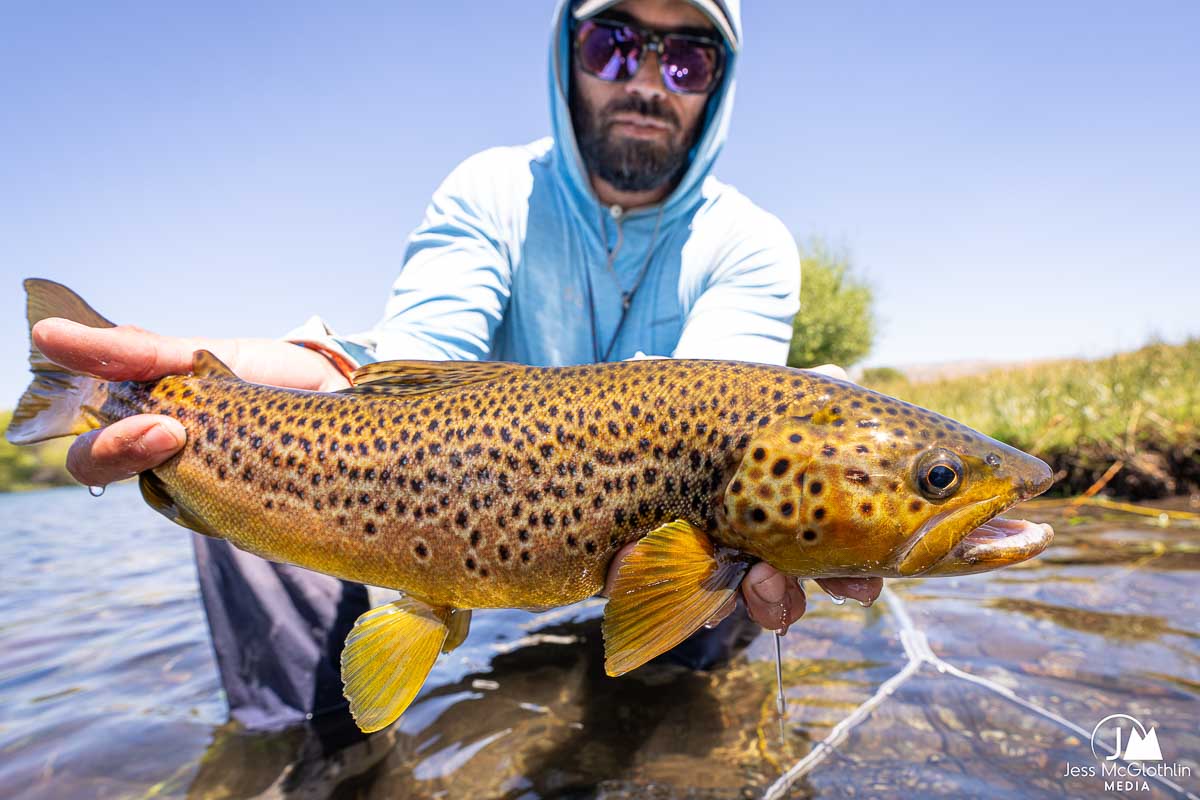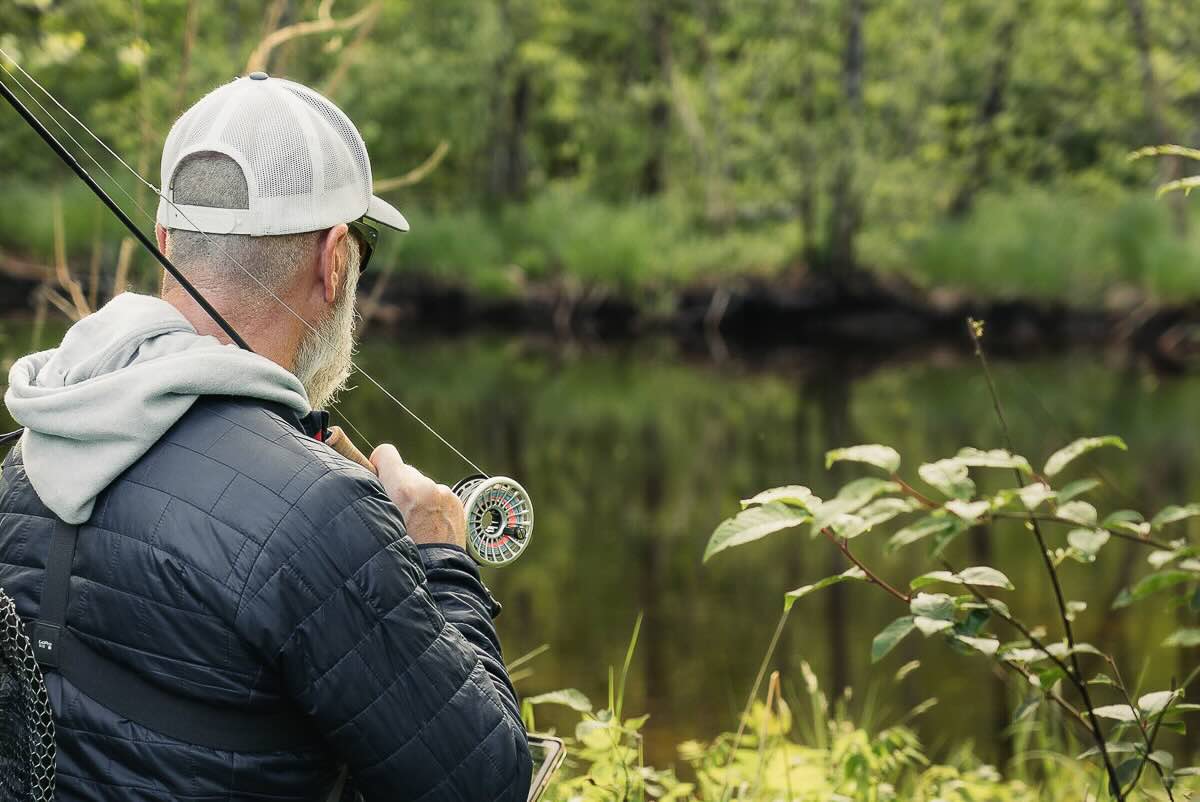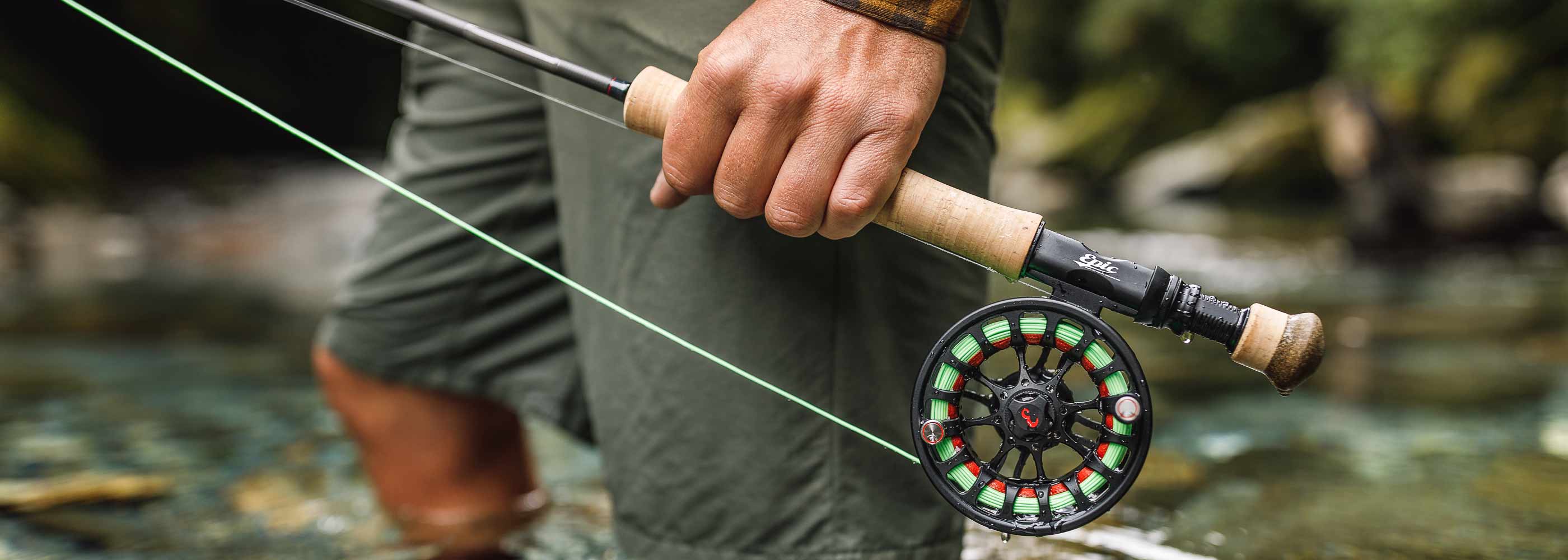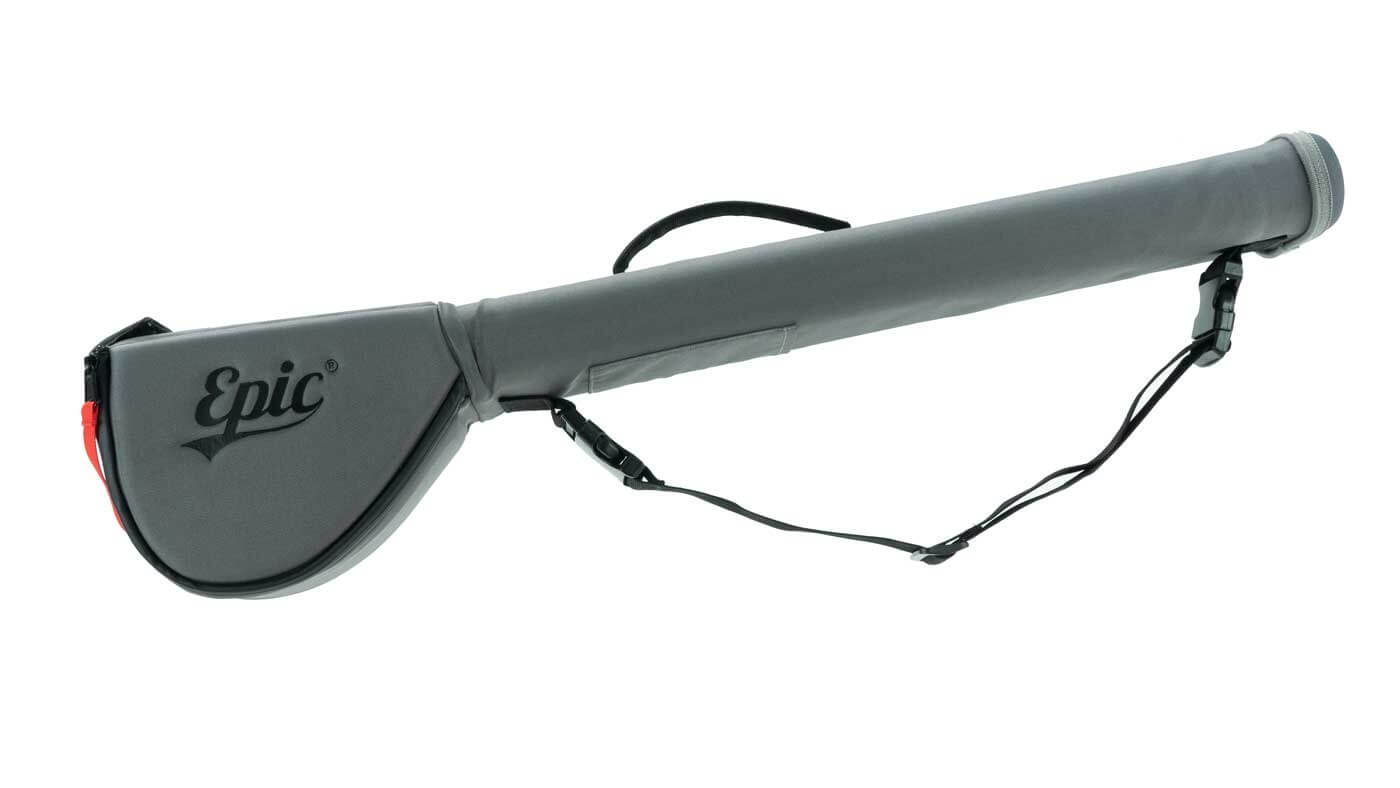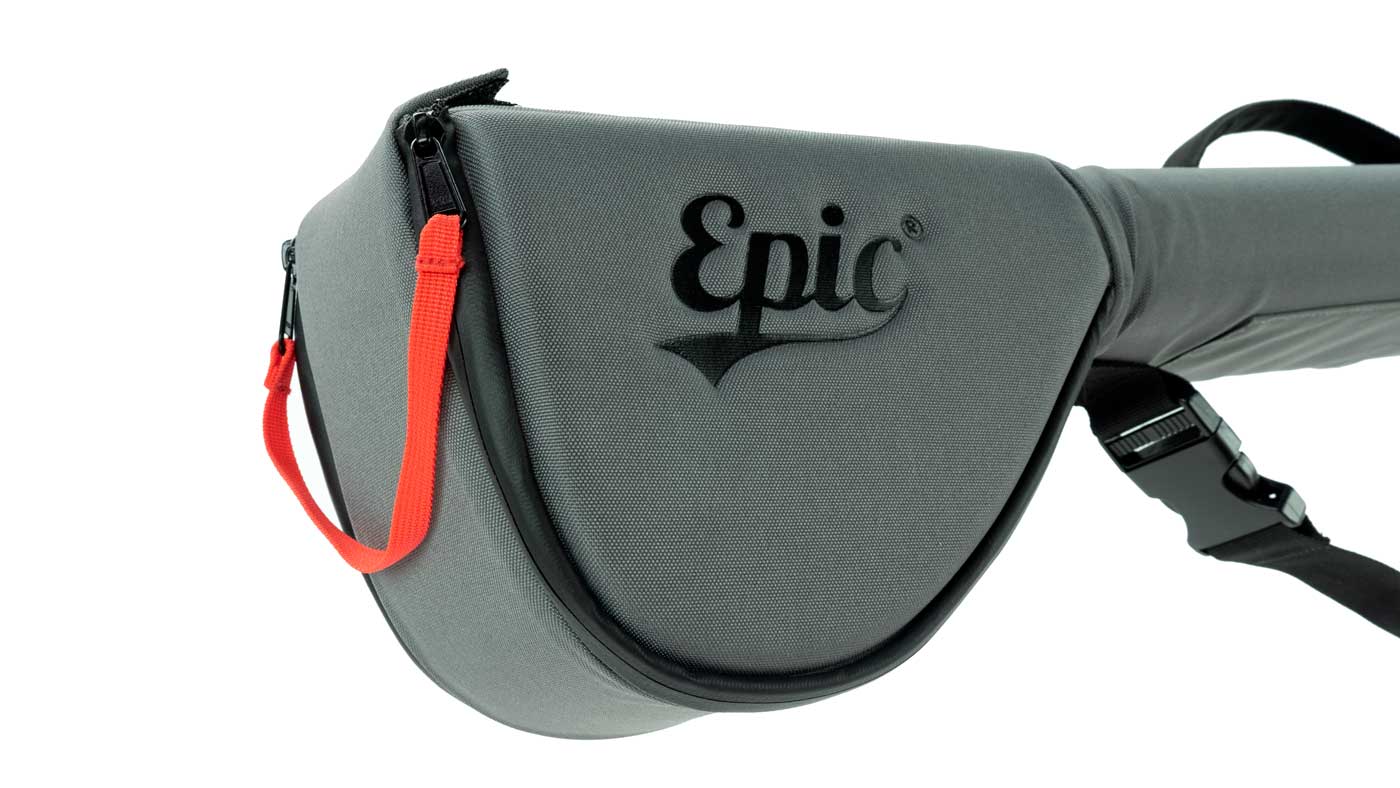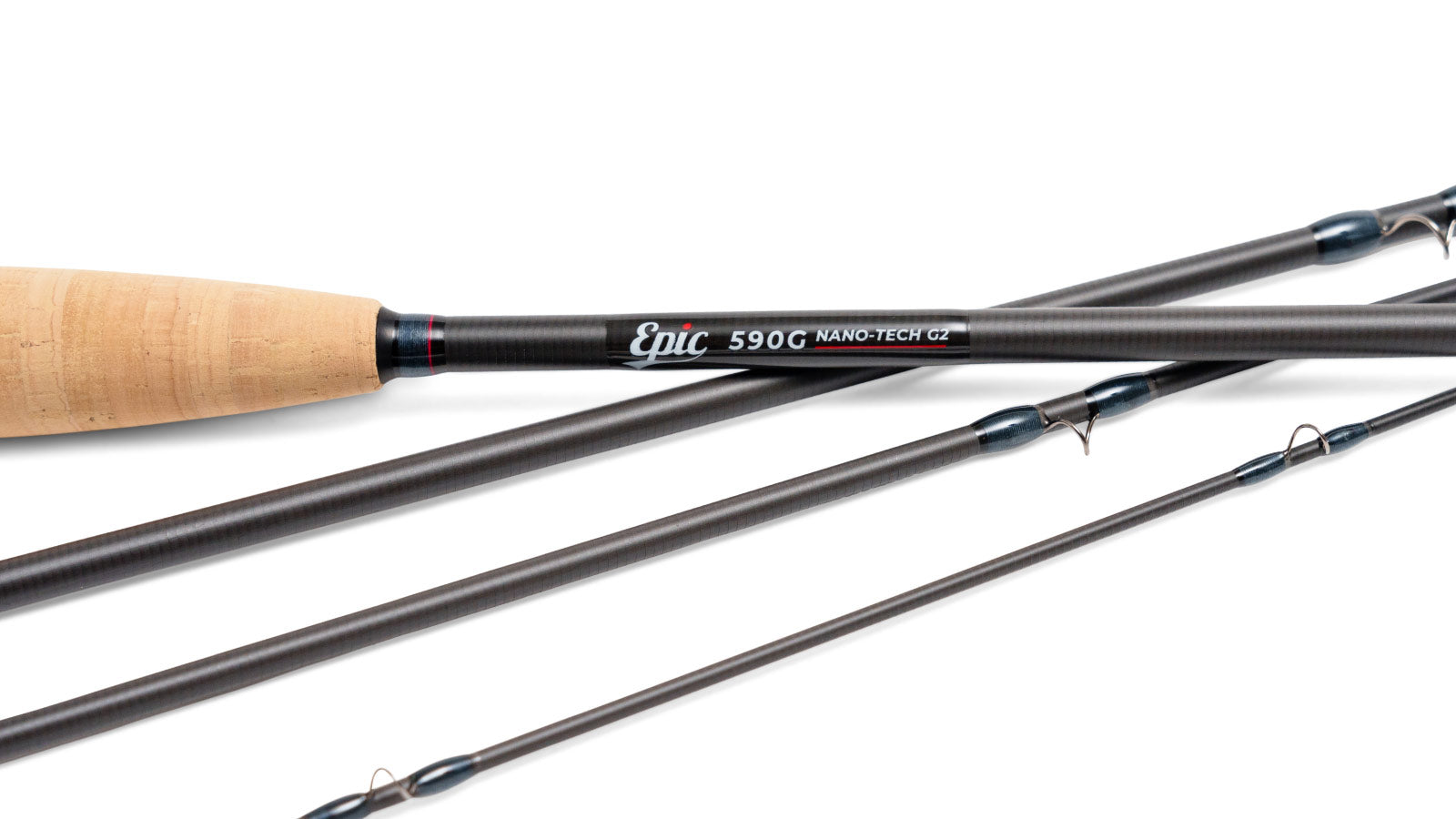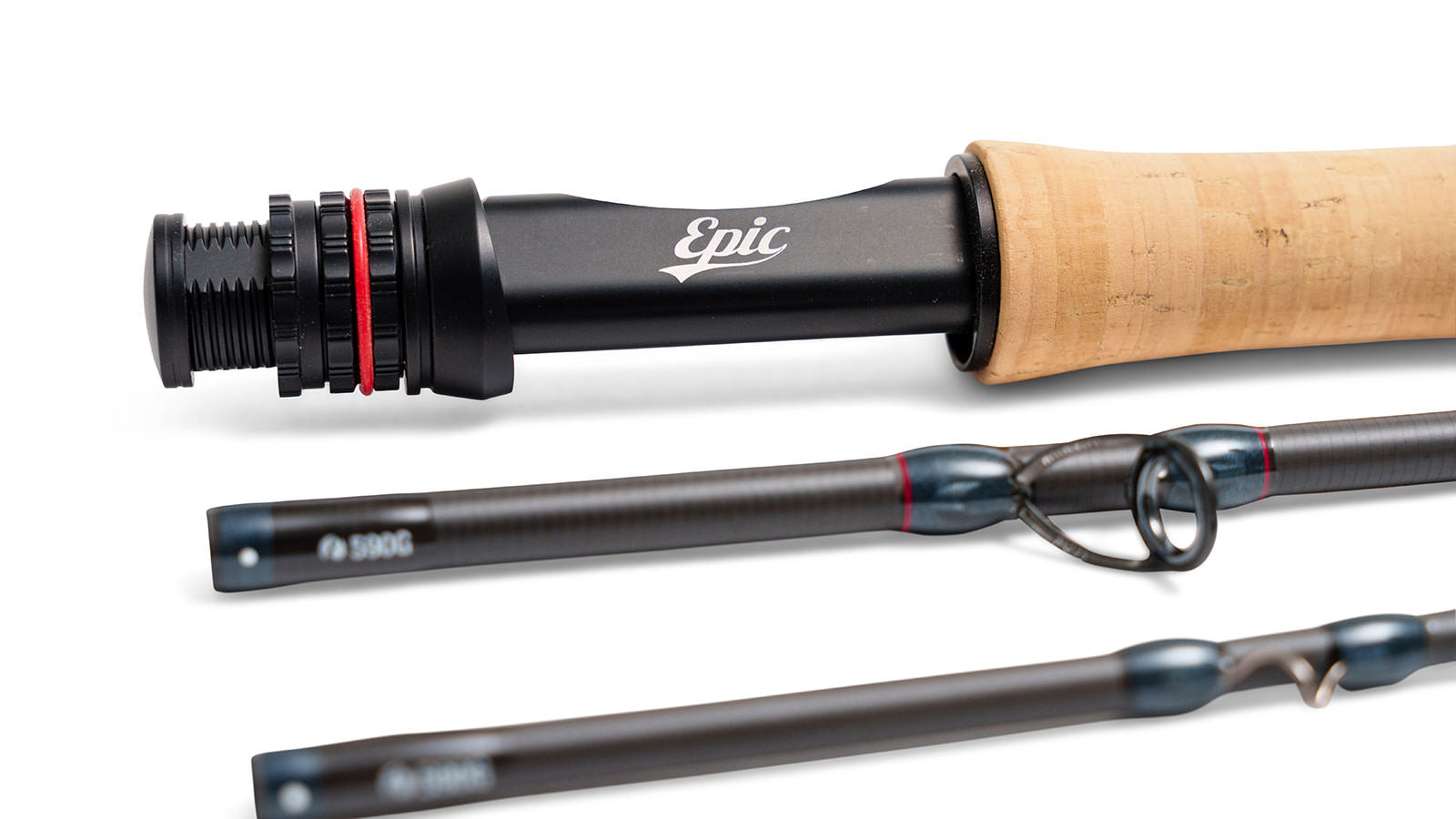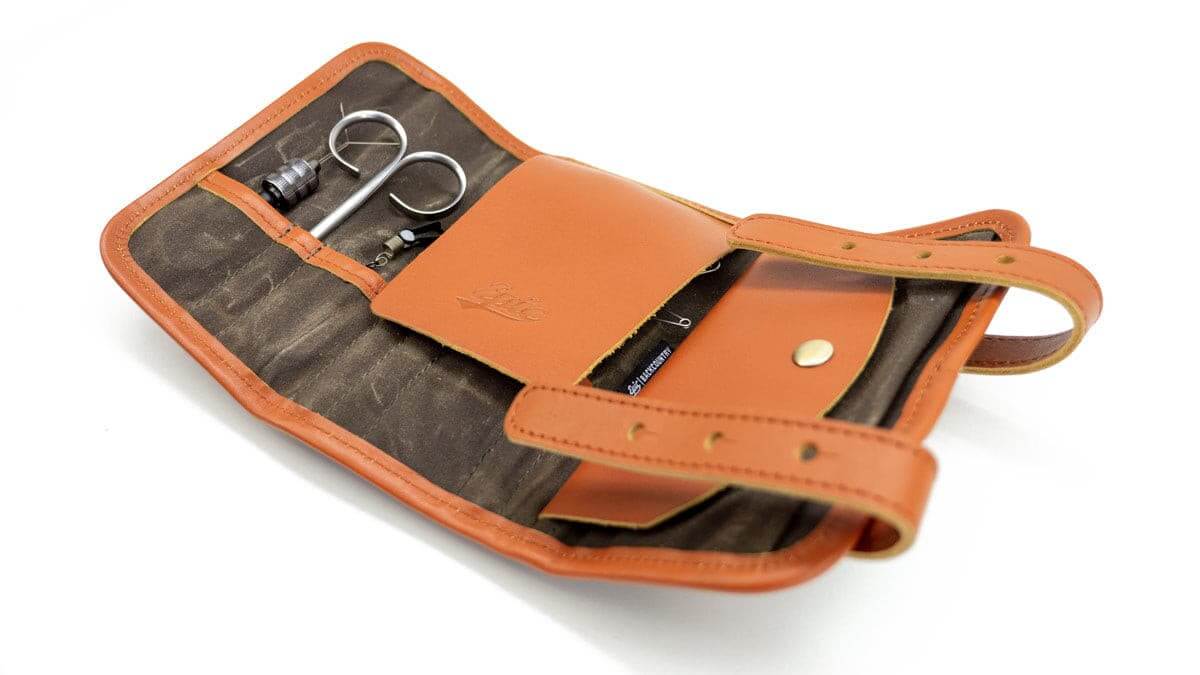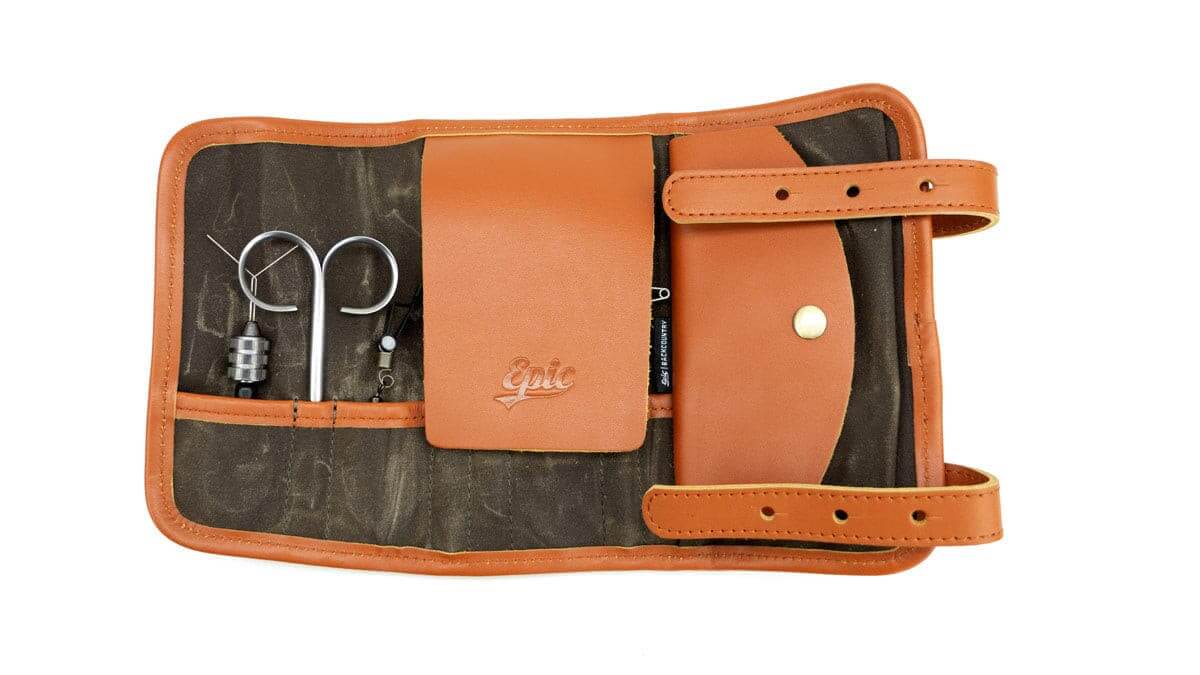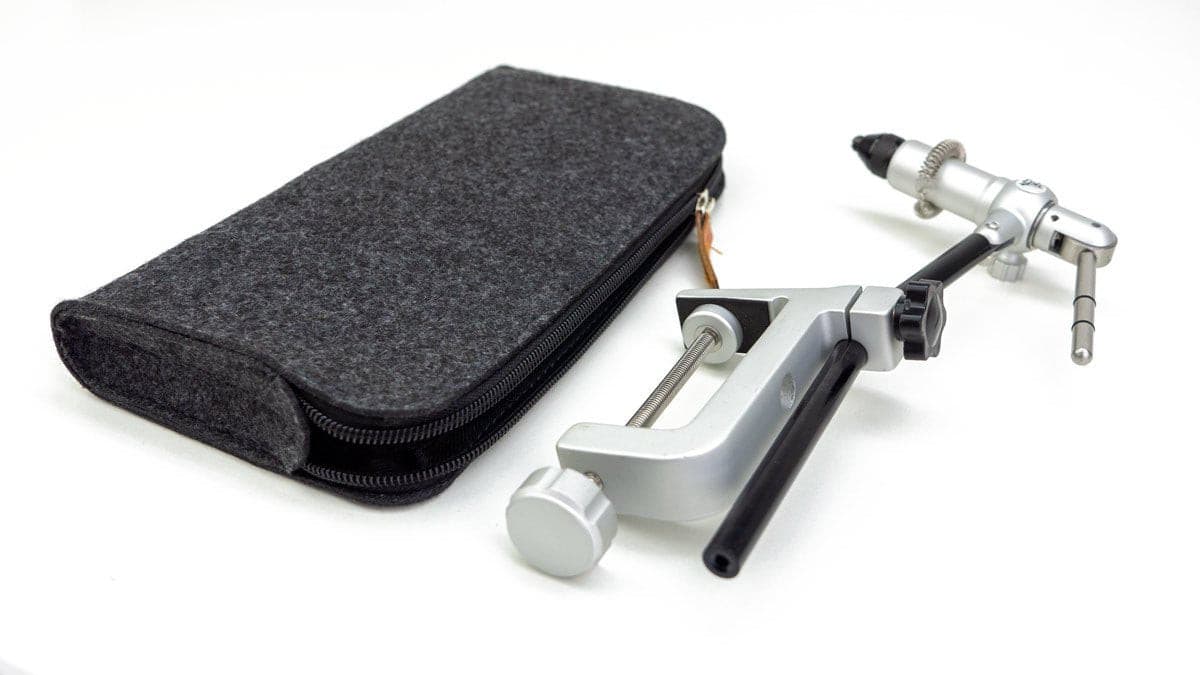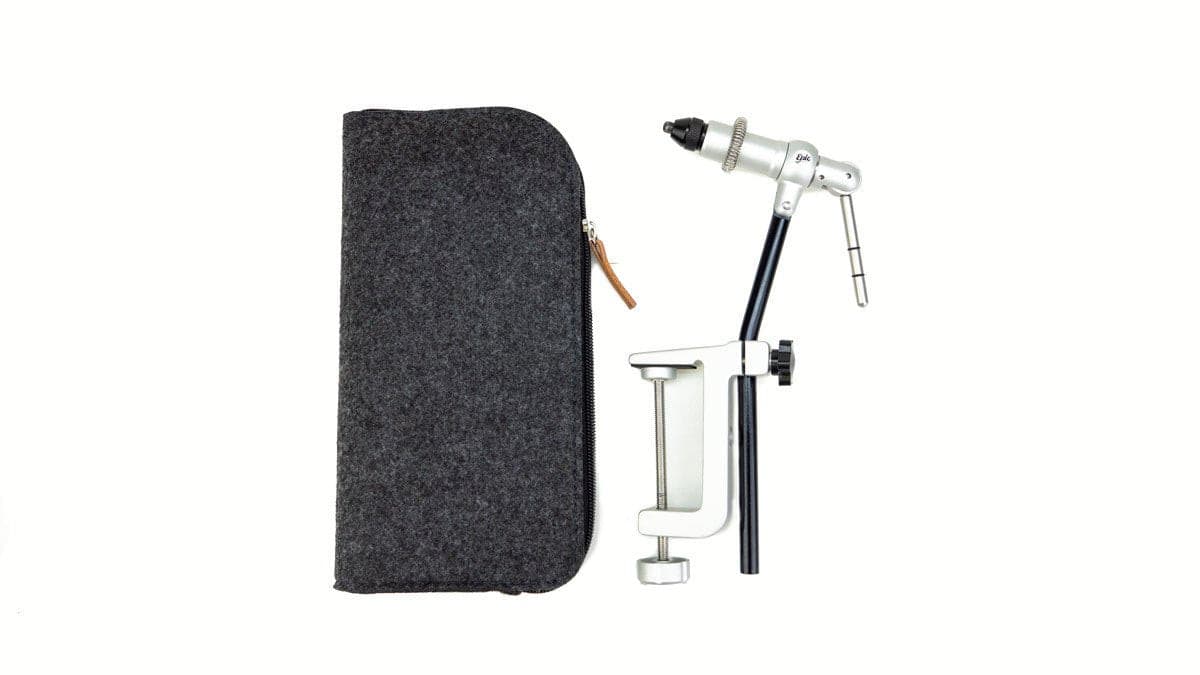How to Cast Tight Loops
The most common source of frustration I see with fly anglers are large open loops. It’s also one of the most common faults I see - tailing loops being number one. Although not strictly a fly casting fault per se, generally speaking, narrow loops are more desirable. And by narrow, I’m calling 3 to 4 feet wide a good, tight loop.
At times wide loops are definitely the way to go - eg, if you have a long line out and spot a fish close up, the quickest way to drop your fly much shorter is to throw a big, high, wide open loop - then take up the slack as the fly is landing - doing this you can shorten your line considerably in one cast.
Casting big weighted flies also often necessitates opening your loops – but they should still be efficient and accurate. One thing to keep in mind: it all starts with your fly rod. Whether you’re aiming for tight loops or wide loops, the way you handle the fly rod is what shapes those loops.
Casting Large Open Loops
Large open loops are less aerodynamically efficient and are less accurate. The frustrating bit for fly anglers is that they simply do not travel as far as a tight loop. And as a result, I see anglers applying far more power to their cast than is needed to reach the distance required. Big loops are also far less accurate and prone to being driven off course by any breeze - once the wind really gets up, big loops are just a nightmare to control.
Casting Tight Loops
Tight loops are more aerodynamically efficient than wide loops, they cut through the air better. It’s easy to forget that the air around us is actually quite thick and presents resistance to anything traveling through it. A narrow loop with a point to the loop face cuts through the air far better than a large rounded bulge.

The Umbrella
I like analogies, they help make things simple and simple is good. The one I use regularly with students is that of the umbrella.
Here's our thought experiment.
You have an umbrella. Open it up and push it out forward - lots of air resistance over that big open surface. Imagine running along with the open umbrella facing out in front of you. Lots of work is happening and lots of resistance.
Now close your umbrella. Imagine pushing it out forward - how much air resistance is there now?
Imagine running along with the closed pointy umbrella facing out in front of you. Far less work, minimal resistance - easy by comparison.
Same umbrella.
With the closed umbrella I imagine you could throw it like a Javelin and reach a fair distance. If the umbrella were open how far would it go? - Not far at all.
Same umbrella.
That’s why narrow loops are the way to go (in most cases)
How to cast tight loops
It’s actually pretty simple in theory. Line and loop shape are primarily dictated by the path the fly rod tip takes during the cast and after the stop. The line does not follow the rod tip exactly, but for the purpose of this exercise, that’s what we need to be thinking about.
Accelerate smoothly, move the rod tip along a relatively straight line path and stop the rod crisply without dropping the tip - and you’ll get a nice tight loop.

To make a wide, open loop
Move the rod tip through a wide sweeping arc (paint a rainbow) . Make a slow, sloppy stop. Drop the rod tip, and you create a big, wide, open loop.

So, when thinking about the path of your rod tip.
- DON’T chop the wood
- DON’T paint rainbows (catch em instead)
- DON’T swat flies
- DON’T move the rod like a windshield wiper
- DO - move the rod in a relatively straight line path (think of firing the rod tip down the barrel of a rifle)
- DO make a crisp stop
- DO stop the rod tip high - eye level is a good guide for most casts.
A bit of an oversimplification - but that’s fundamentally it.
Here’s a video we filmed a number of years ago about loop shapes. *Note, I do say that the line always follows the rod tip - and while this isn’t exactly the case - for the purpose of instruction it’s what you need to be thinking about.
Next, you’ll likely be throwing tailing loops - and you can sort those out by reading this article >
Take time out to practice, have fun. Enjoy!


